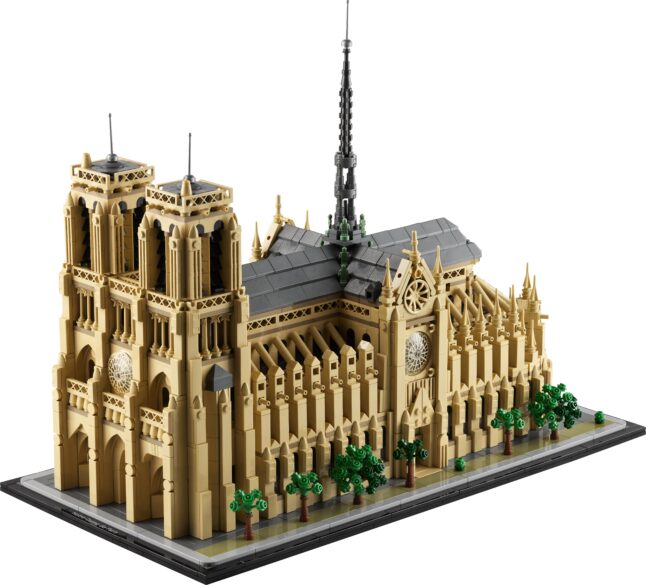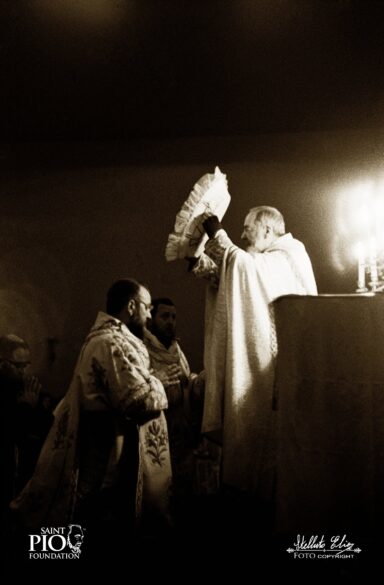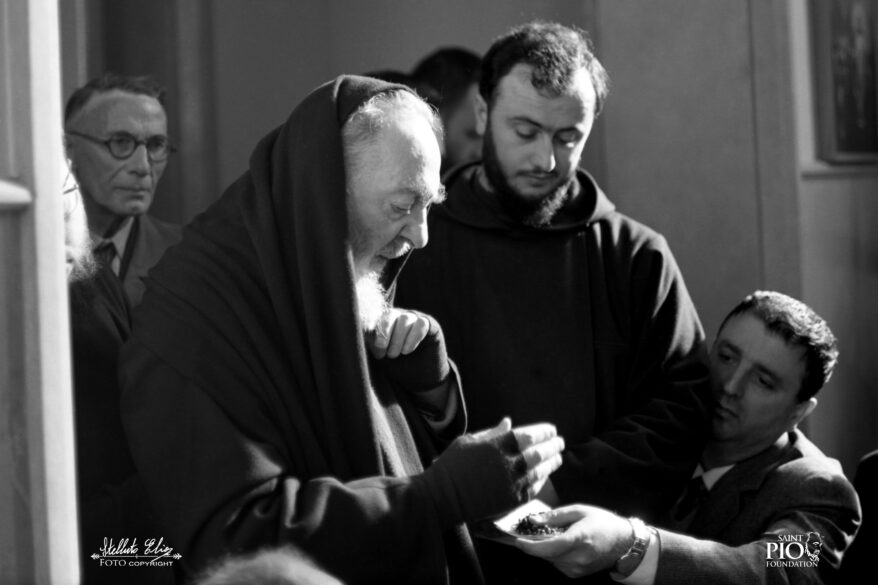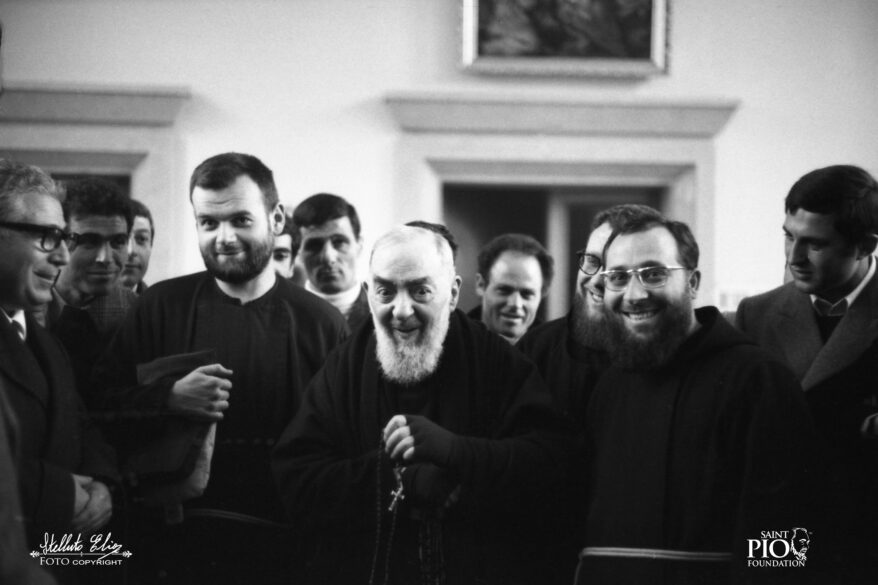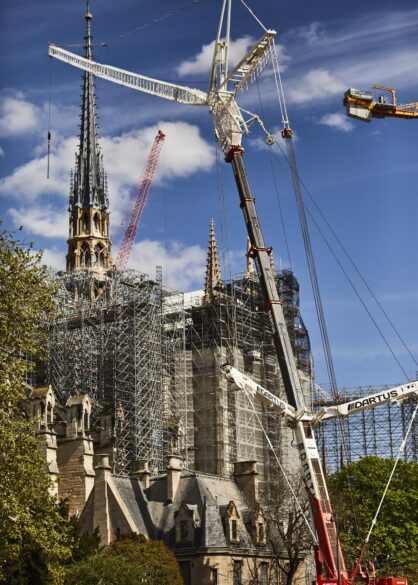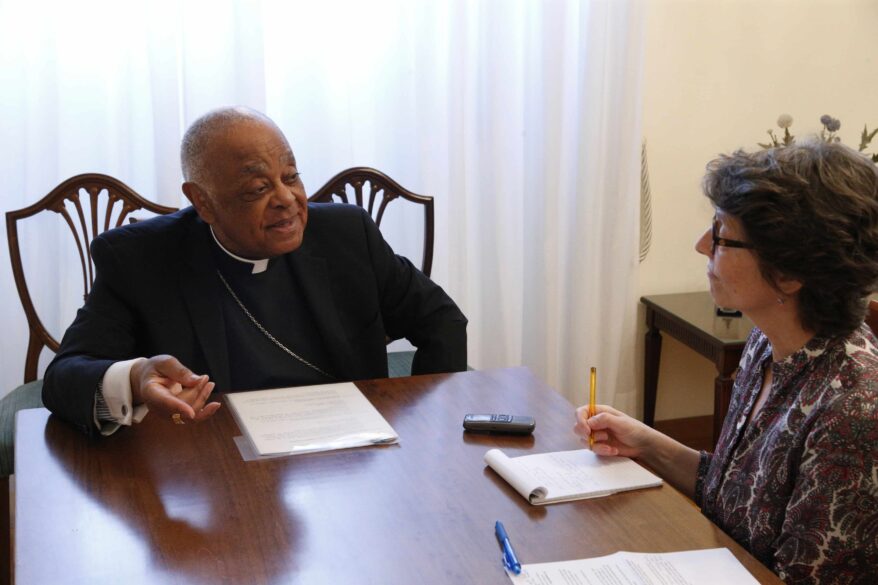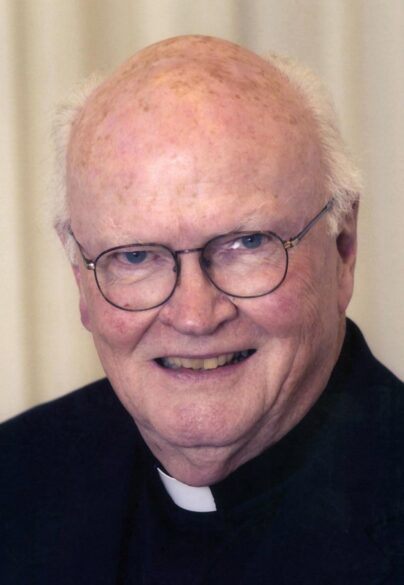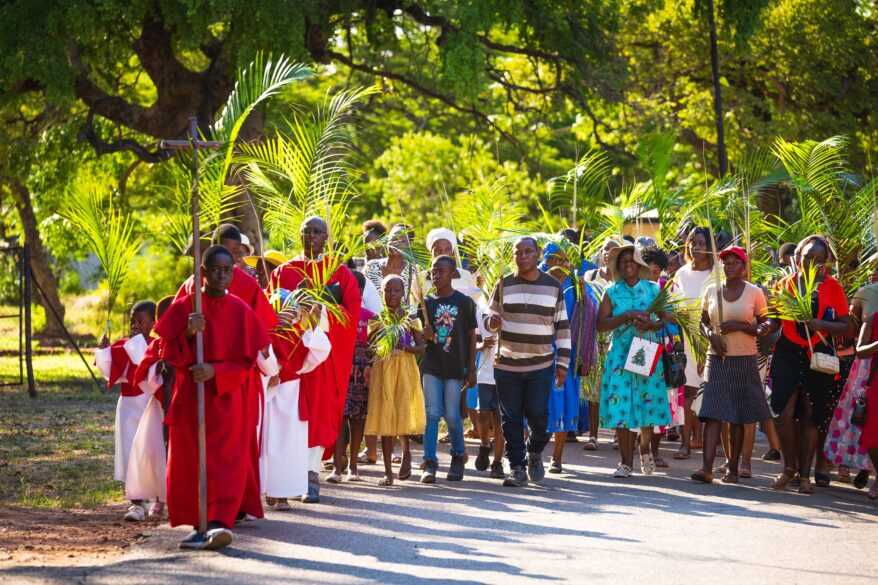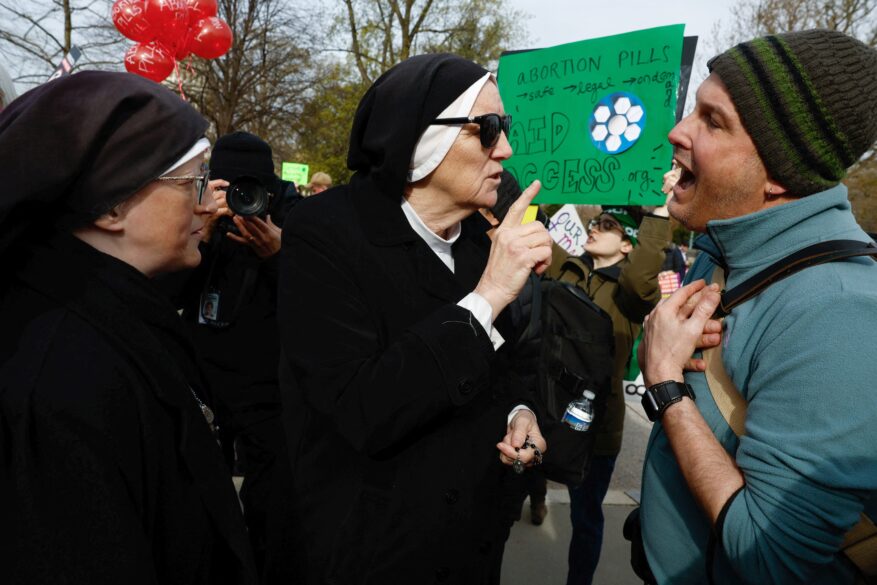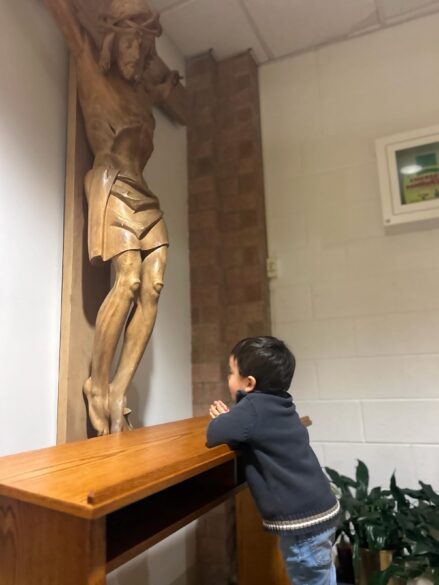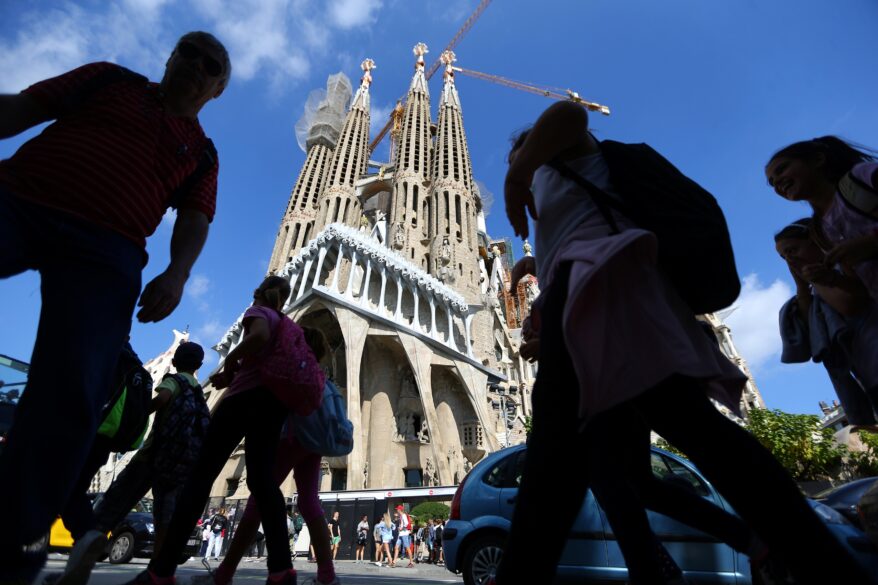NACIÓN
LAFAYETTE, La. (OSV News) – El 24 de junio, el gobernador Jeff Landry, republicano de La., vetó un millón de dólares en fondos estatales para los servicios de refugios de emergencia para personas sin hogar gestionados por Caridades Católicas de Acadiana. Landry más tarde citó el trabajo más amplio de Caridades Católicas, el brazo caritativo doméstico de la Iglesia Católica en los EE.UU., en el servicio a los migrantes como su razón, sin embargo, el veto de línea artículo destripó financieramente los servicios sin hogar por Caridades Católicas abrumadoramente servir a los nativos de Luisiana. Caridades Católicas de Acadiana había solicitado financiación estatal para apoyar sus operaciones generales de refugio de emergencia en Lafayette. En una declaración facilitada al medio de comunicación local KATC, Landry, católico, no especificó la labor de Catholic Charities of Acadiana; sin embargo, hizo una acusación general de que Catholic Charities en EE.UU. apoya la inmigración no autorizada, lo que el brazo caritativo de la Iglesia católica ha negado enérgicamente. Caridades Católicas de Acadiana dijo en un comunicado a OSV News que estaba “profundamente entristecida” por el veto de la financiación, que “tendrá un impacto paralizante” en la “capacidad de mantener los servicios de refugio” de la agencia durante el próximo año fiscal, que comienza el 1 de julio. “Los créditos de refugio vetados son un revés significativo a nuestros esfuerzos pro-vida para cuidar a nuestros vecinos vulnerables que experimentan la falta de vivienda”, dijo el CEO Kim Boudreaux. La decisión de Landry se produce en un momento en que los obispos estadounidenses han empezado a manifestar que la creciente hostilidad de sectores políticos y sociales hacia la labor de Catholic Charities y otros ministerios católicos que atienden las necesidades básicas de los inmigrantes supone una amenaza para la libertad religiosa de la Iglesia.
VATICANO
CIUDAD DEL VATICANO (CNS) – El documento de trabajo para la asamblea de octubre del Sínodo de los Obispos sobre la sinodalidad pedía respuestas sobre cómo todos los bautizados pueden servir mejor a la Iglesia católica y ayudar a curar las “heridas más profundas de la humanidad”. El documento decía que el sínodo debería impulsar a la Iglesia a convertirse en “refugio” y “cobijo” para los necesitados o angustiados y animar a los católicos a “dejarse conducir por el Espíritu del Señor hacia horizontes que antes no habían vislumbrado” como hermanos y hermanas en Cristo. “Esta es la conversión permanente del modo de ser Iglesia que el proceso sinodal nos invita a emprender”, dice el documento. El documento de 30 páginas, denominado “instrumentum laboris”, se hizo público en el Vaticano el 9 de julio. Servirá como guía de debate para la segunda sesión del sínodo, del 2 al 27 de octubre, que reflexionará sobre el tema: “Cómo ser una Iglesia sinodal misionera”. Las reflexiones son el siguiente paso en el tema general del sínodo: “Por una Iglesia sinodal: comunión, participación y misión”. La práctica sinodal “nos llama al cuidado mutuo, la interdependencia y la corresponsabilidad por el bien común”, afirma, y está dispuesta a escuchar a todos, en contraste con los métodos “en los que la concentración de poder apaga las voces de los más pobres, los marginados y las minorías”.

MUNDO
MANAGUA, Nicaragua (OSV News) – El gobierno nicaragüense cerró la emisora de radio católica más importante del país, mientras el régimen sandinista sigue persiguiendo a la Iglesia y atentando cada vez más contra la libertad religiosa y de culto de los ciudadanos. El 9 de julio, el Ministerio del Interior de Nicaragua extinguió la personalidad jurídica de Radio María, que emitía contenidos católicos en todo el país centroamericano. Era un medio importante para los católicos que carecían de celebraciones eucarísticas después de que sus sacerdotes huyeran del país para evitar la persecución o se vieran obligados a exiliarse. El Ministerio del Interior afirmó que Radio María no entregó informes financieros entre 2019 y 2023 y alegó que el mandato de su junta directiva expiraba en 2021. Otras once organizaciones no gubernamentales también vieron revocada su personalidad jurídica el mismo día. Radio María Nicaragua operaba en Nicaragua desde el año 2000 y pertenecía a la Familia Mundial de Radio María, fundada por la Archidiócesis de Milán. En los últimos años se ha retirado la personalidad jurídica a más de 3.000 organizaciones sin ánimo de lucro en Nicaragua, entre ellas las Misioneras de la Caridad por supuestas irregularidades y por tener demasiados extranjeros en su patronato. El cierre de Radio María culminó una campaña de acoso del Régimen Sandinista en el poder. Sus cuentas bancarias fueron congeladas en abril y la emisora había estado emitiendo una programación limitada, aunque en directo por Internet las 24 horas del día. Radio María evitaba los contenidos polémicos transmitiendo únicamente misas y oraciones.

